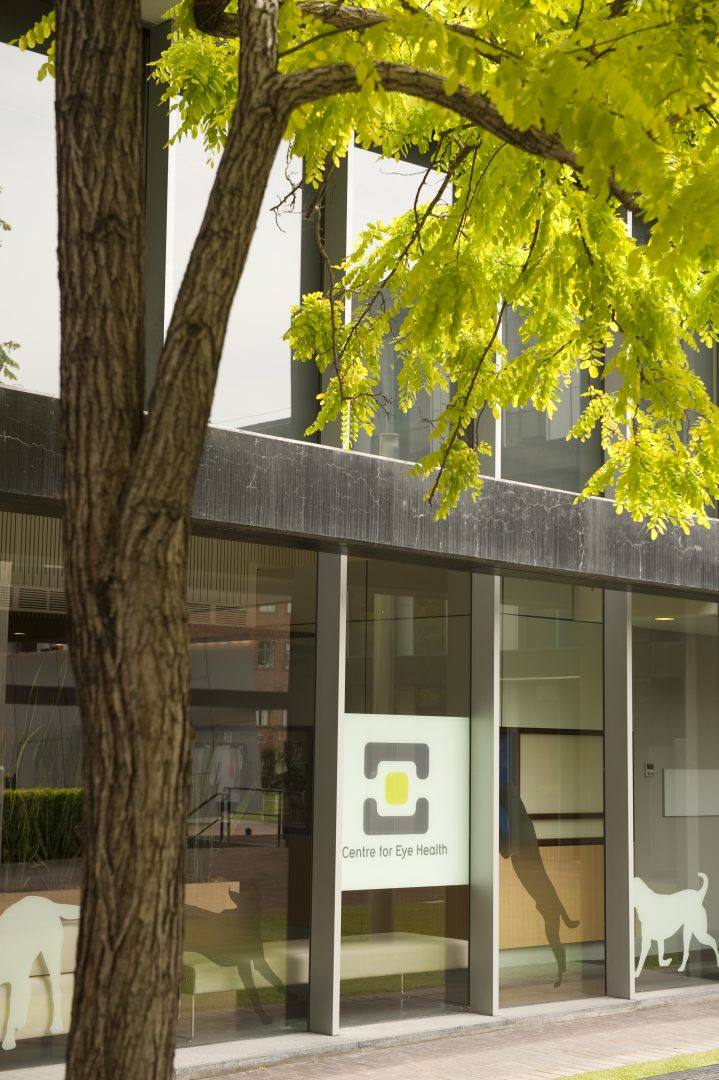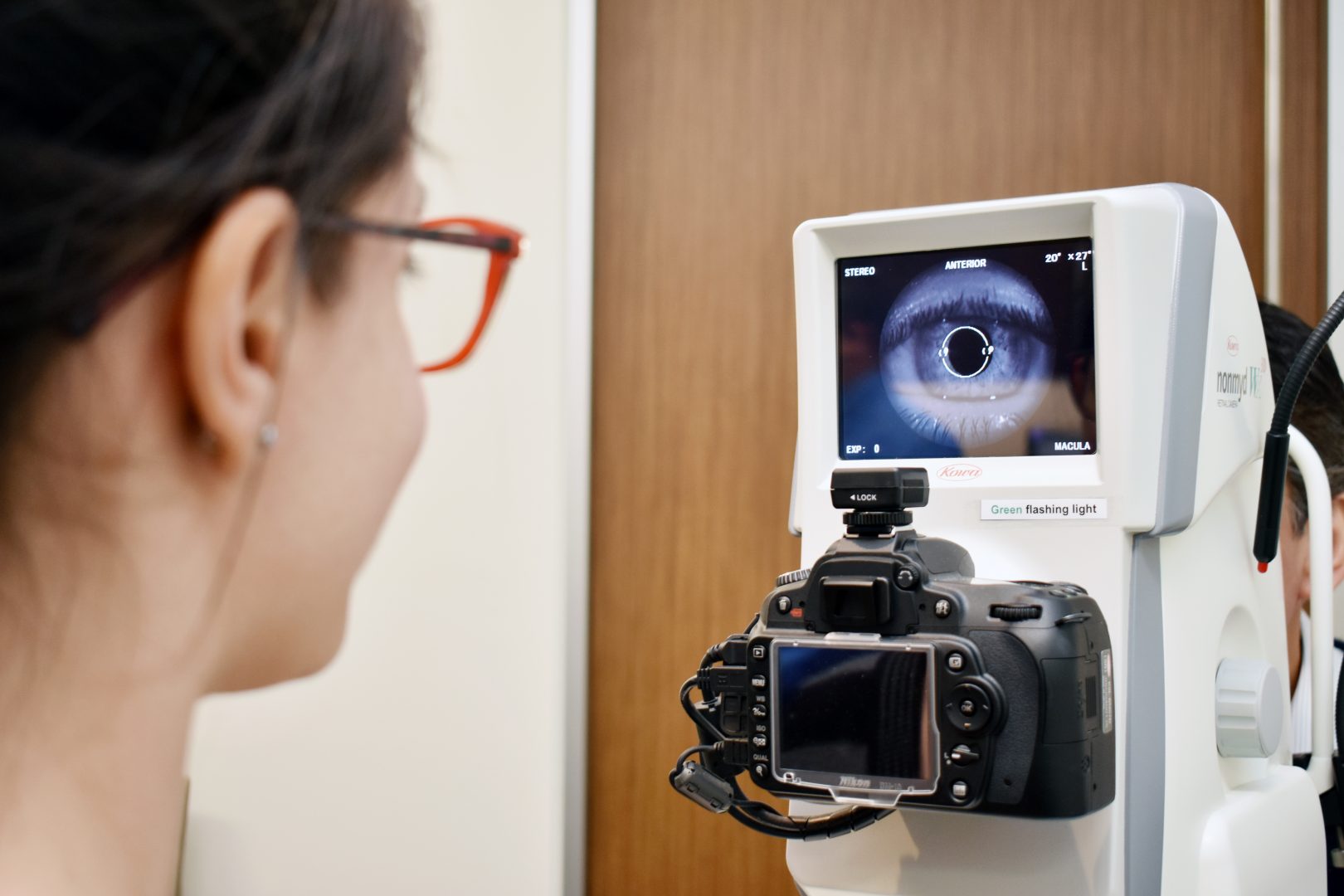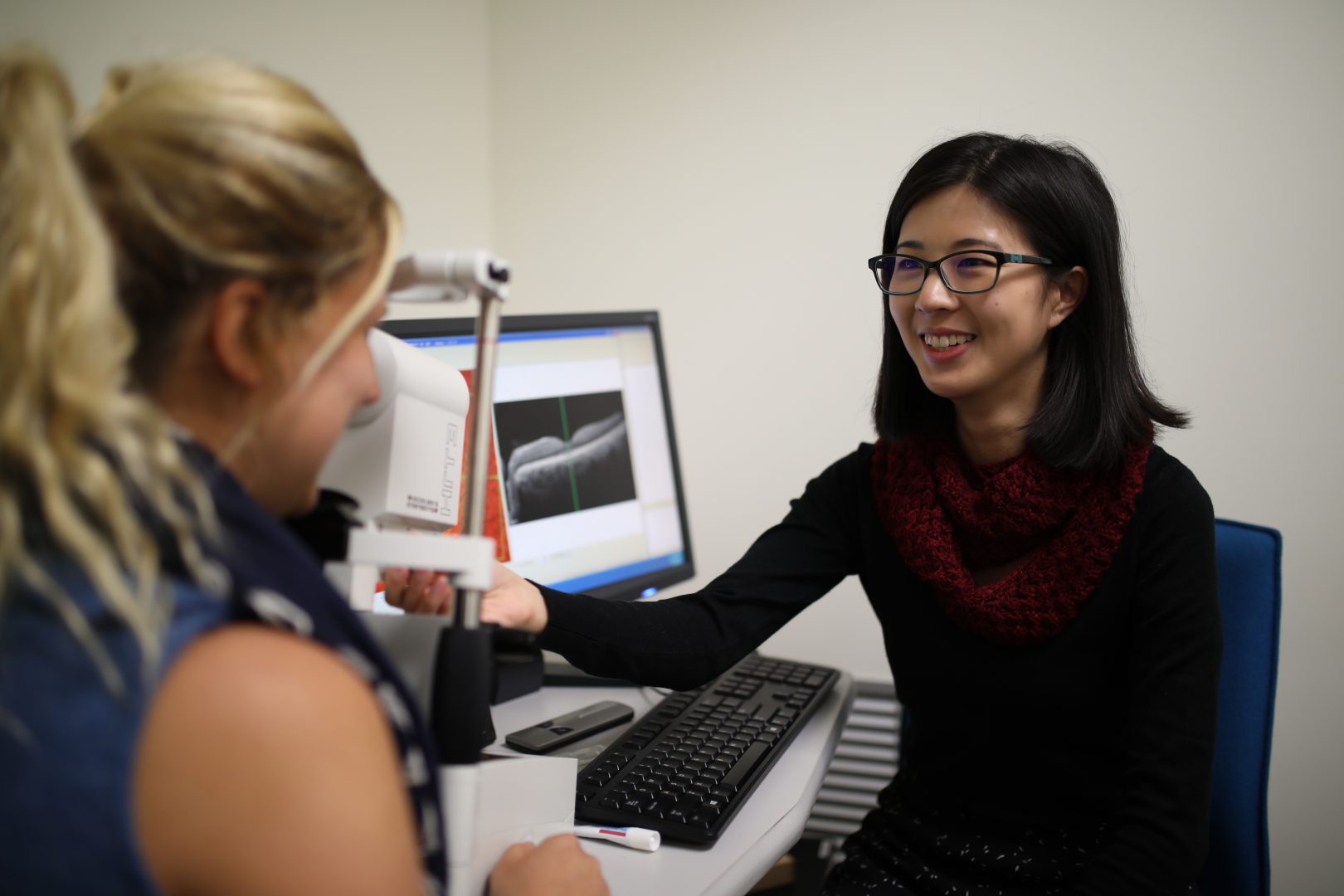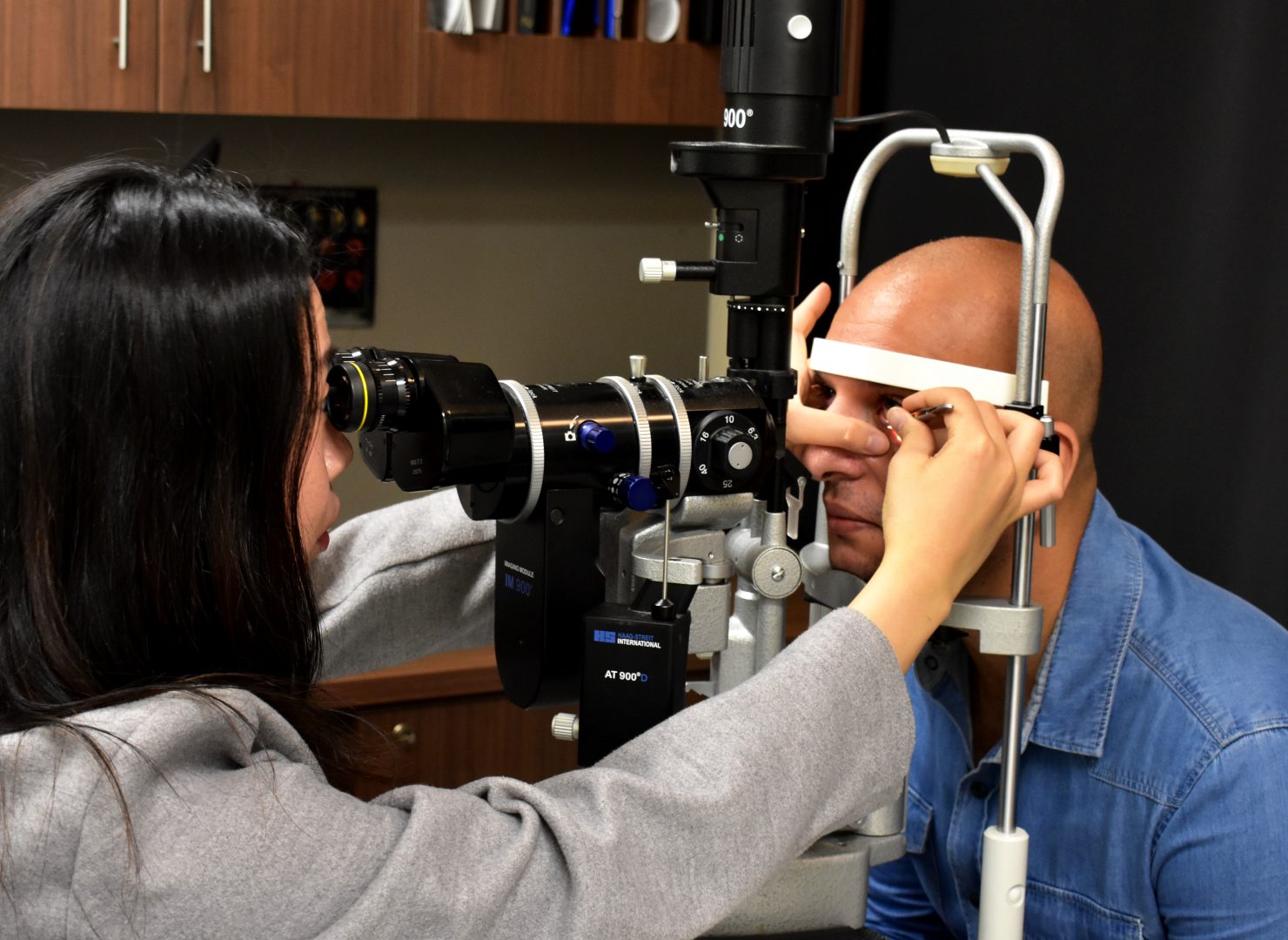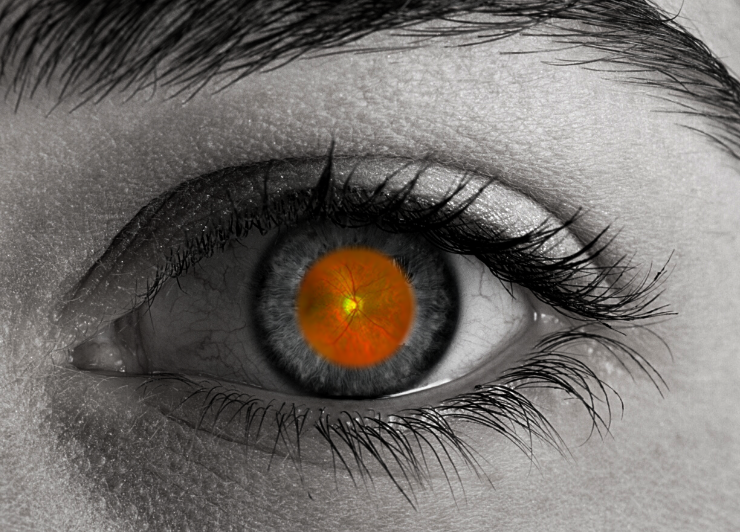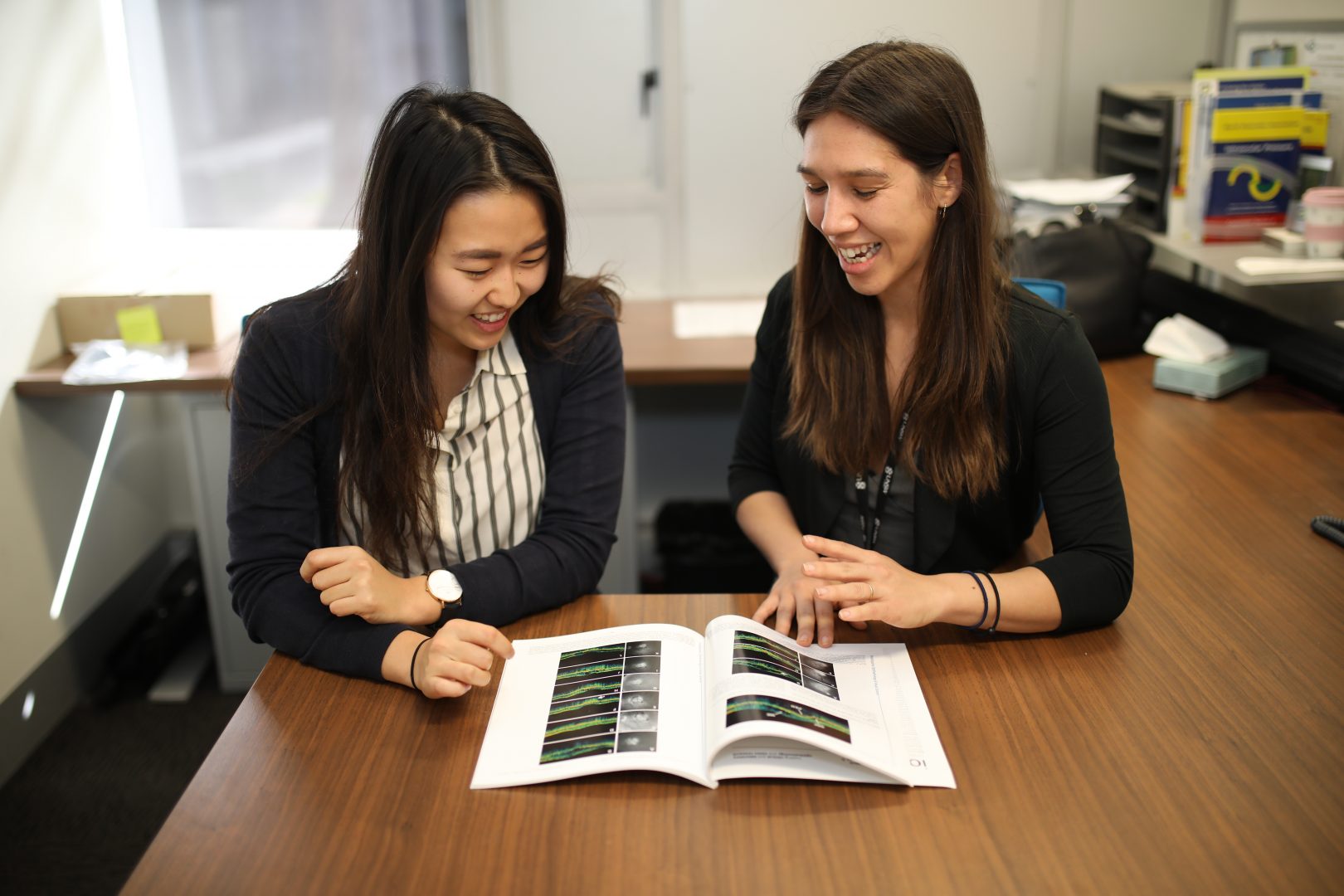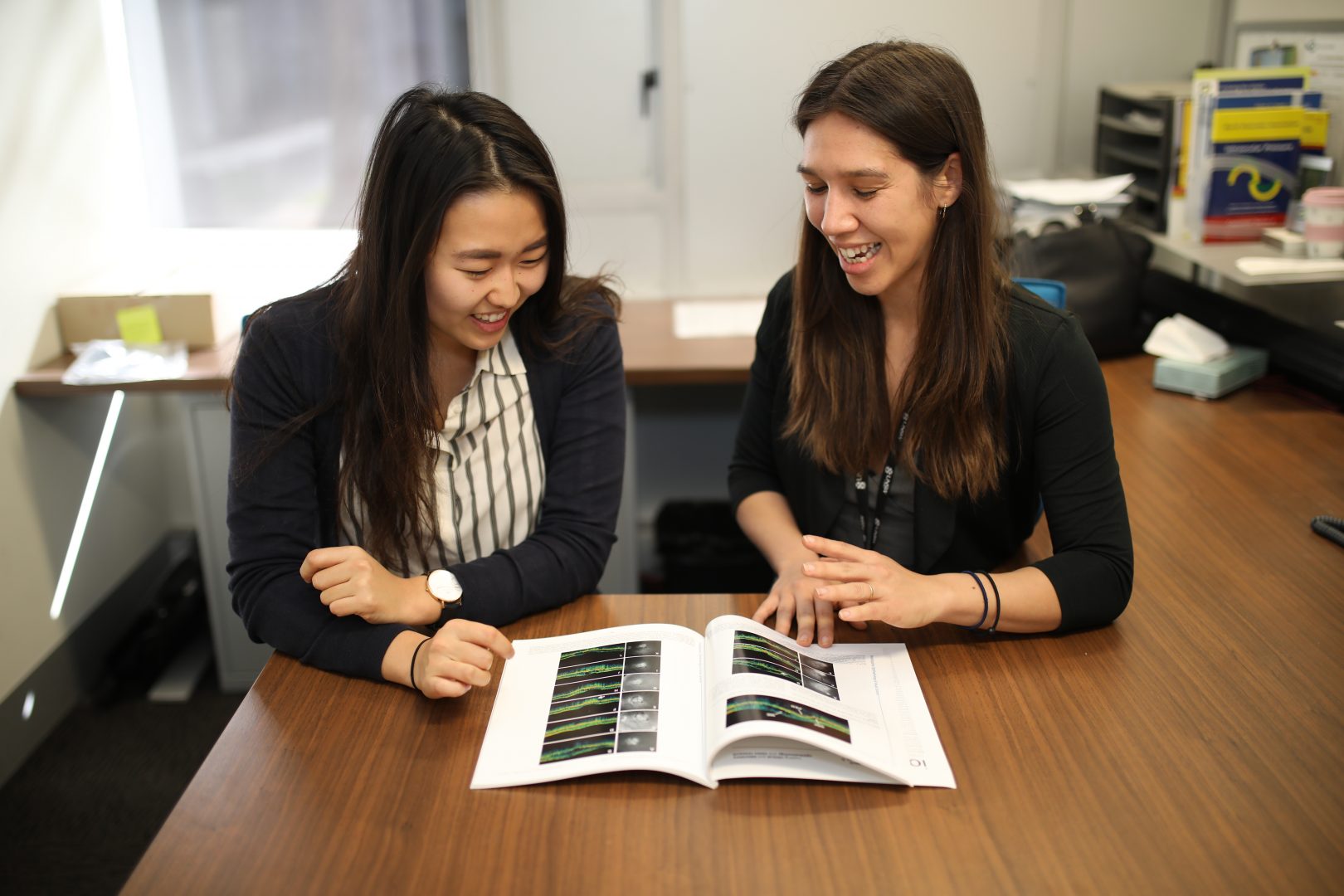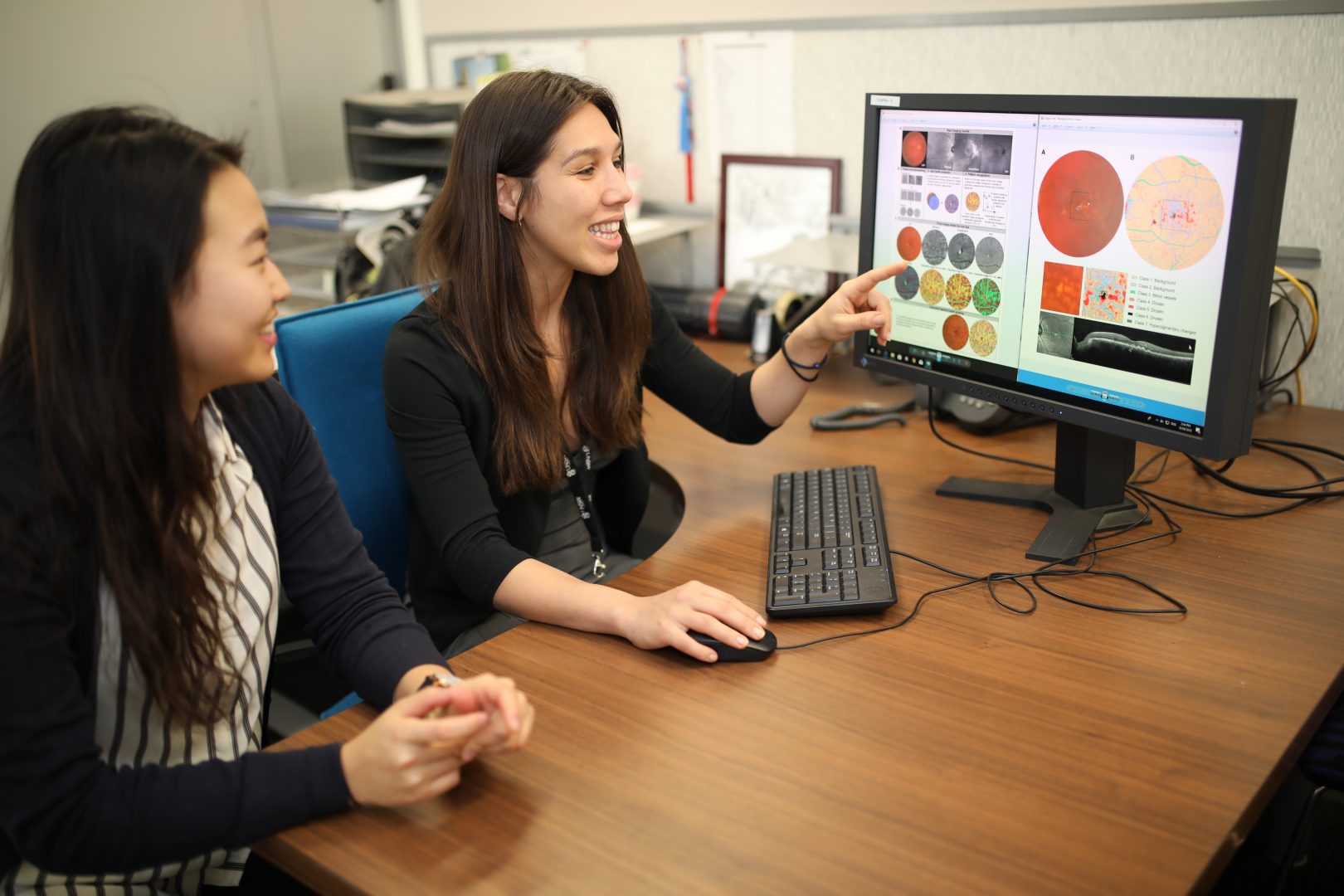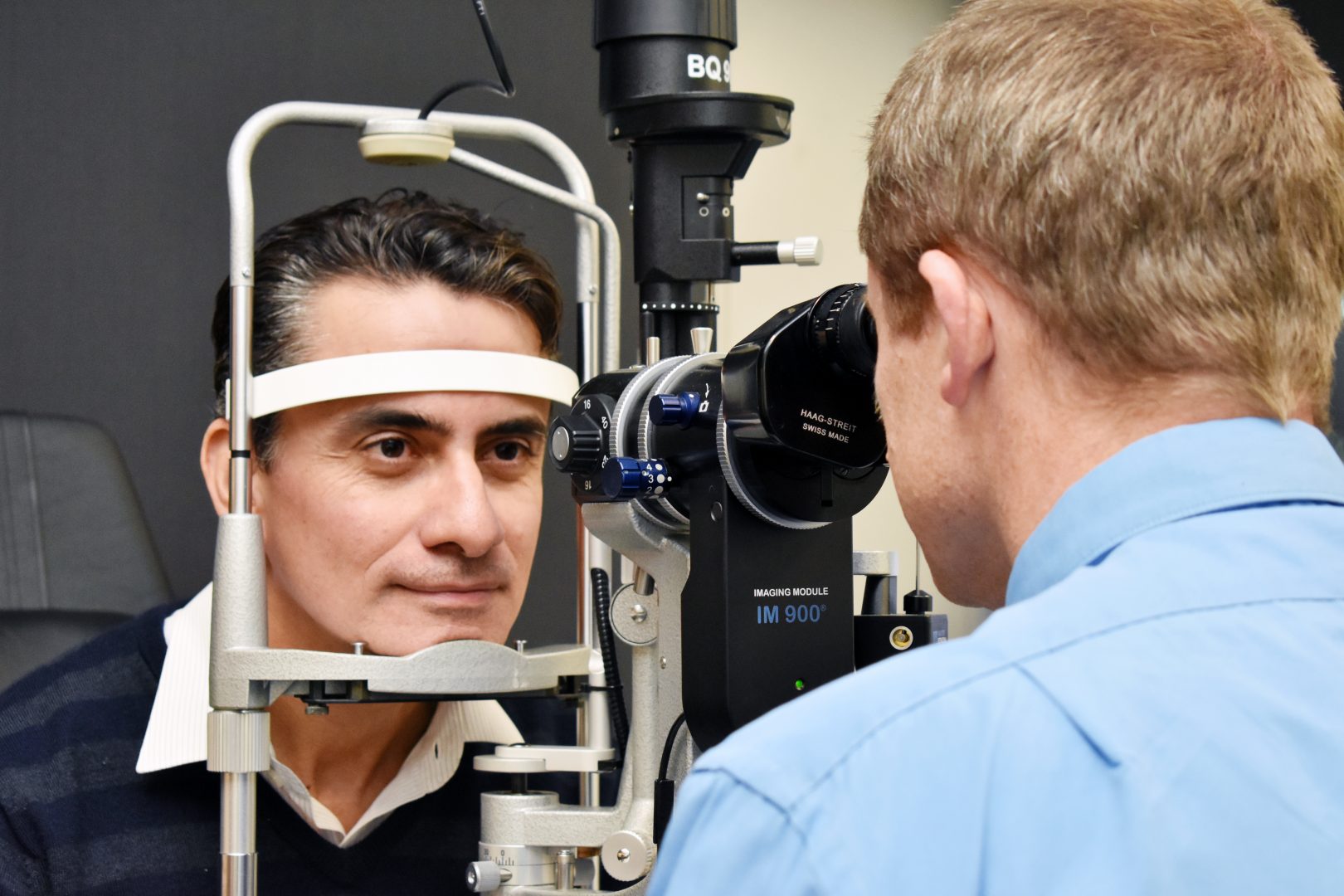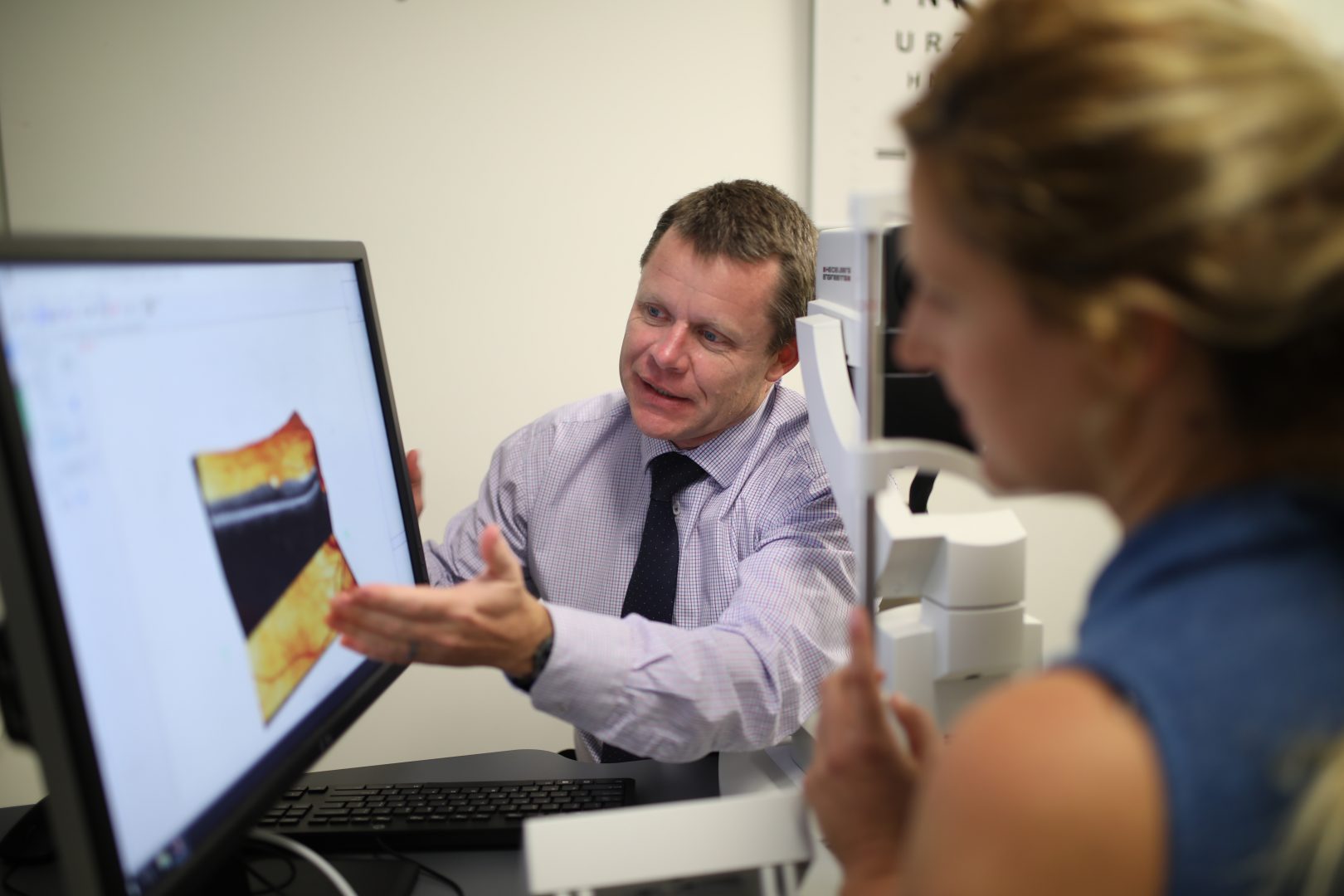
- Refer a Patient
- Referral Types
- Patient Information
- Overview of CFEH Clinics
- CFEH Instrument List
- Our clinical team
- Causes of Vision Loss
- Patient Forms

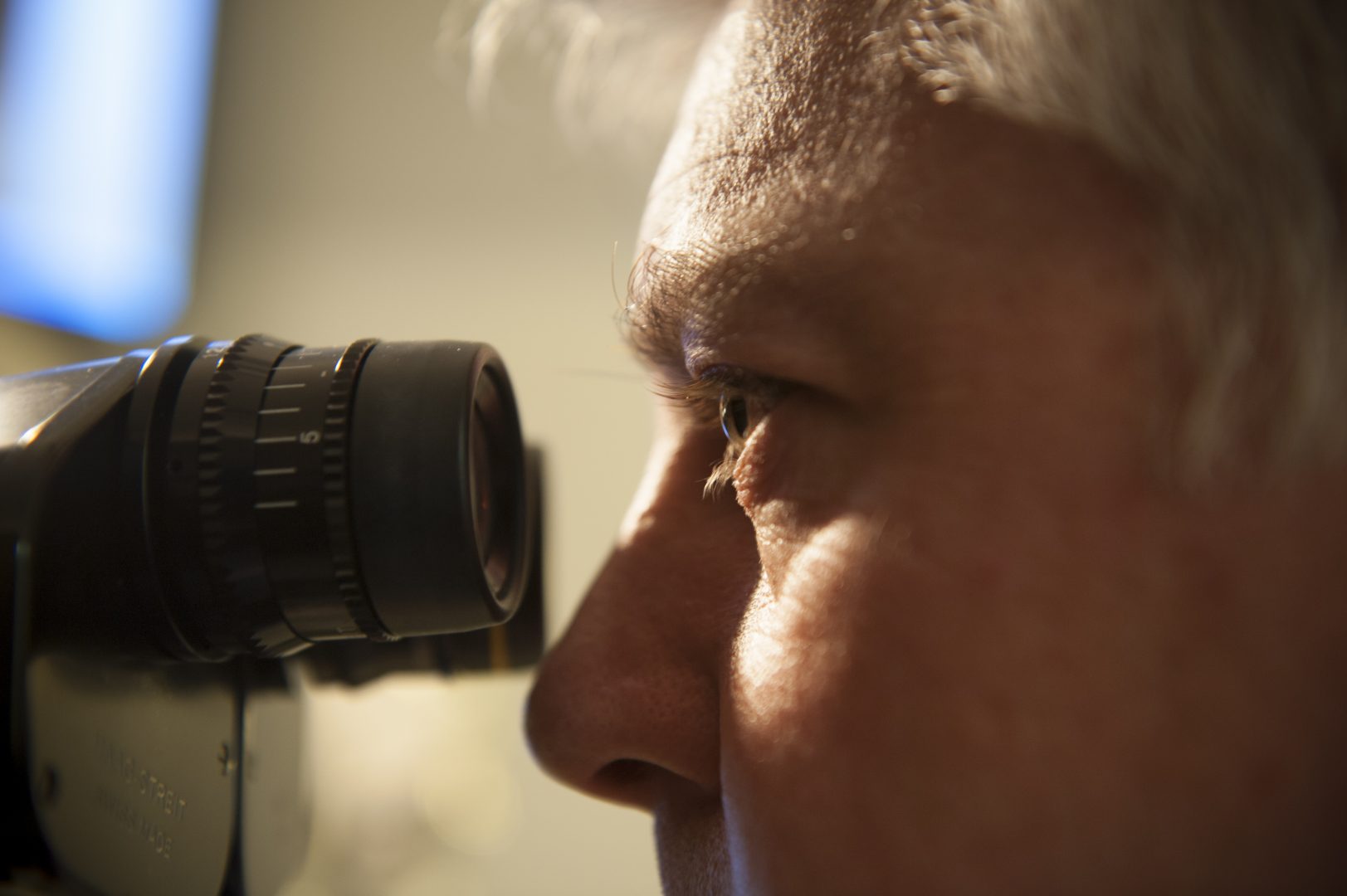
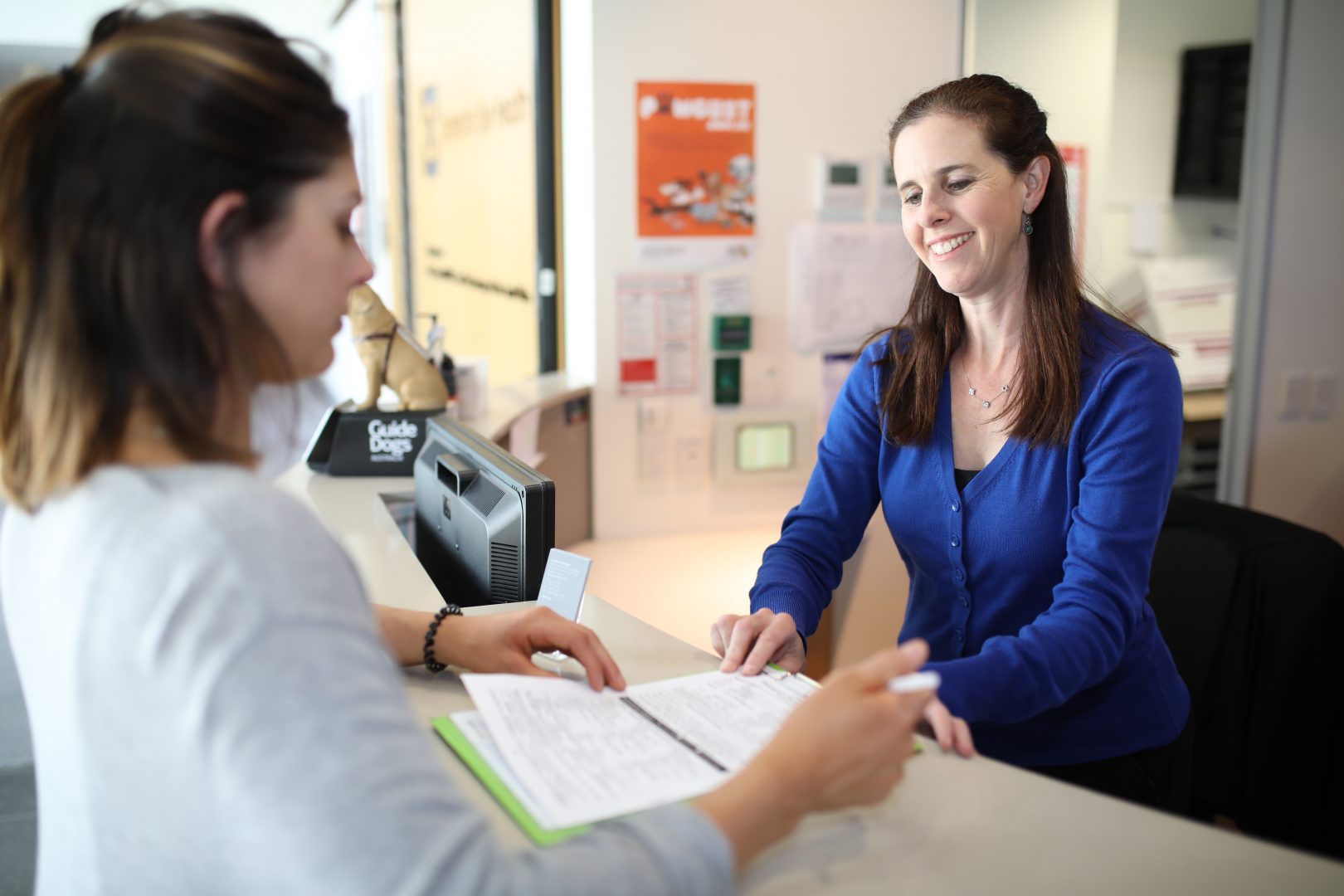



Welcome to our comprehensive guide on funding options for low vision services, aids, and assistive technology. Navigating the financial landscape for those with low vision can be daunting, but we’re here to provide clarity and support. Here are some resources to help you to find funding and financial assistance for the services that are best suitable for you and your eye condition.
-
National Disability Insurance Scheme (NDIS)
The National Disability Insurance Scheme (NDIS) provides financial assistance to people with a disability under the age of 65. This can include support for people with low vision (who meet the eligibility requirements) and it can cover the costs of services and assistive technology, depending on your own unique circumstances, needs, and goals.
-
My Aged Care
My Aged Care is a government program that can provide support to Australians over the age of 65, or over the age of 50 if you identify as Aboriginal or Torres Strait Islander. My Aged Care can provide you with funded support if you have low vision.
-
Medicare
For all Australian residents, Medicare will subsidise the cost of an eye test. You can book an eye test with an eye care provider, who can test your eyes and your vision. The cost of an eye exam can vary depending on your eye care professional, the length of your examination, and the nature of the examination itself. Medicare will partially subsidise the cost of eye exams in most cases, and some tests may be fully covered by Medicare. You can always ask your eye care provider what out of pocket expenses are likely to occur. You may also be eligible for treatment through the public hospital system if the care you require is cost prohibitive.
Medicare does not cover the costs of glasses or contact lenses.
-
Department of Veterans' Affairs (DVA)
The Department of Veterans' Affairs can support veterans with low vision through providing optical services. The DVA can fund 2 appointments with an optometrist or ophthalmologist every 3 years if you are under 65, or every year if you're over 65. They can also fully subsidise glasses costs every 2 years. To be eligible for these services, you would need to have an assessed clinical need, as well as a Veteran Gold Card or a Veteran White Card. Please see here for more information.
The DVA can also provide some support for veterans with low vision through their Rehabilitation Appliances Program (RAP). The RAP can supply items such as low vision aids (like magnifiers and canes), equipment, and modifications. You may be eligible for the RAP if you have an assessed clinical need, as well as either a Veteran Gold Card or a Veteran White Card. If you think that you may need support in funding low vision aids from the DVA, see your GP. Your GP can help you to work out which items will best meet your needs, and contact the DVA if they need to approve any of the items. See here to find out more about the RAP.
-
Superannuation funds
Many superannuation funds offer income protection insurance, also known as salary continuance or temporary disability cover, which provides you with monthly payments if you become unable to work due to illness or injury. Check with your superannuation provider to see if you have income protection included in your coverage. If it's not automatically included, some funds will allow members to apply for the cover.
Major super funds that provide salary continuance insurance include AMP, Australia Super, Mercer, and UniSuper. Please check with your superannuation fund to find out more information and to see if you are covered.
-
Private health cover
Some private health insurance companies will offer cover for low vision aids and equipment such as magnifiers. This can also be dependent on the type of cover plan you have.
Some health funds who are known to provide some funds for low vision equipment are Bupa, nib, HCF and Australian Unity.
Please contact your health insurance provider to find out if they will cover low vision aids for you.
-
Employment Assistance Fund (EAF)
Employment Assistance Fund (EAF) is run by JobAccess, the government initiative to provide employment information for people with a disability. The EAF helps people with a disability to buy workplace modifications and equipment, which can include low vision aids and adapted workstations. To apply for the EAF, you can submit an application on JobAccess's website. If you aren't sure what workplace modifications will be best for you, the EAF can give you a free workplace assessment to find solutions that will suit your needs. See here for more information on the EAF.
-
Enable NSW
Enable NSW fully funds assistive technology for residents of NSW who are blind or have low vision. The equipment that they provide can include hand-held optical magnifiers and electronic magnifiers, alongside other low vision aids. To apply, you can find a Blindness and Low Vision Equipment Request Form here. Each specific equipment has different eligibility criteria. See here for more information about the possible options.
For more information
- Take a look at Guide Dogs NSW/ACT’s low vision services
- Always speak to your GP and eyecare professional about the best treatment options for you


